Bernard Khoury : Beirut’s Bold, Expressive, and Brutalist Architect
Widely known for his fearless architectural ideas, Bernard Khoury, throughout his assertiveness and boldness, he has worked out in creating a magnificent architectural creation. He has graced the urban landscape of Beirut and other cities worldwide with his distinctive, piercing, and controversial yet meaningful architectural creations.
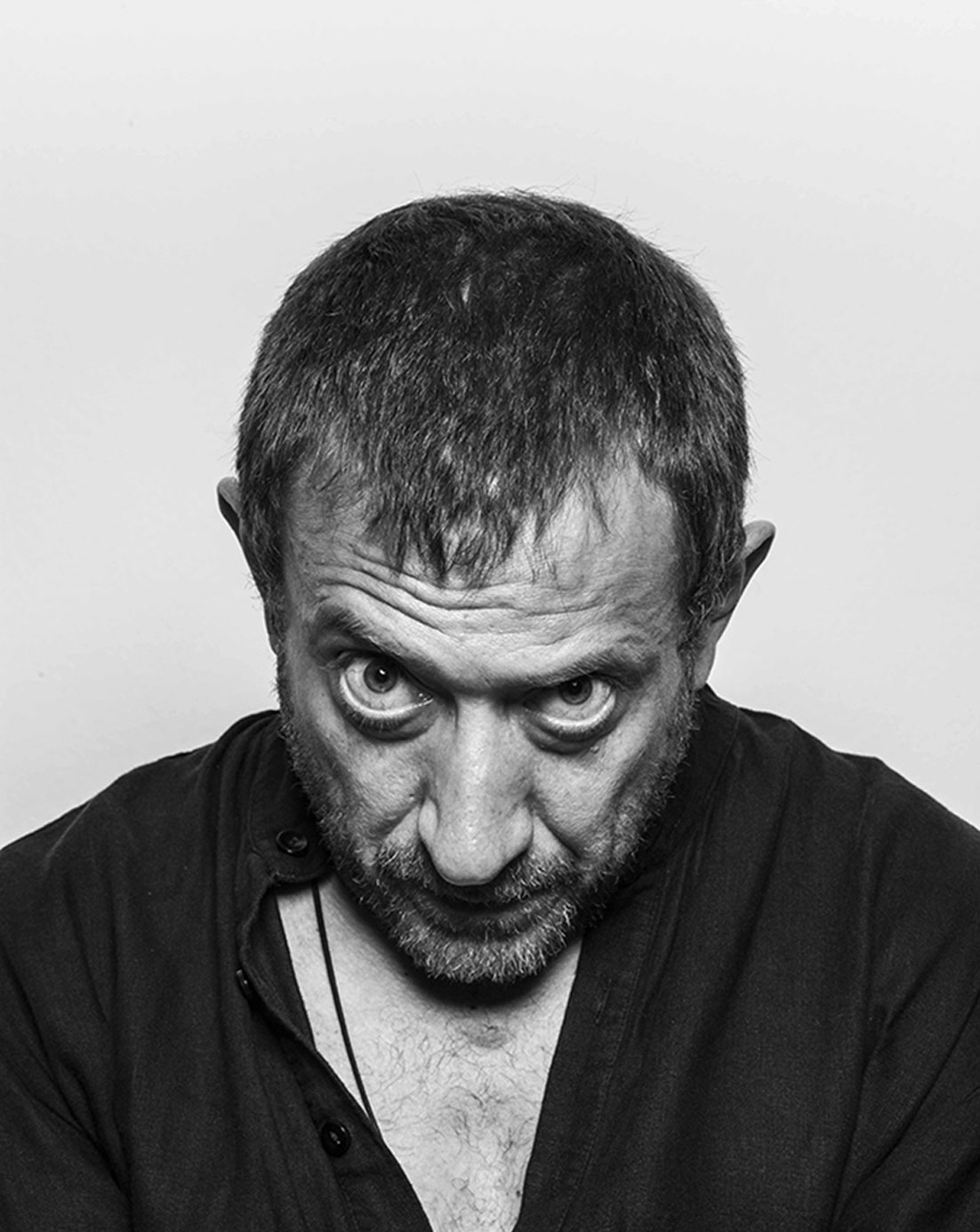
Bernard Khoury
Bernard Khoury's career journey in architecture
Following in the footsteps of his father, Khalil Khoury, who is also an architect, Bernard Khoury decided to leave his hometown, Beirut, to study architecture at Rhode Island School, in the United States of America in 1990. Then, he continued his studies at Harvard University and got his Master's in architecture in 1993. After finishing his studies, he fled to Beirut, establishing his architecture firm, DW5. Throughout his career, he received numerous awards, including being featured on the prestigious award, Borromini Prize which was given to architects under 40 years of age in 2001, awarded by the municipality of Rome.
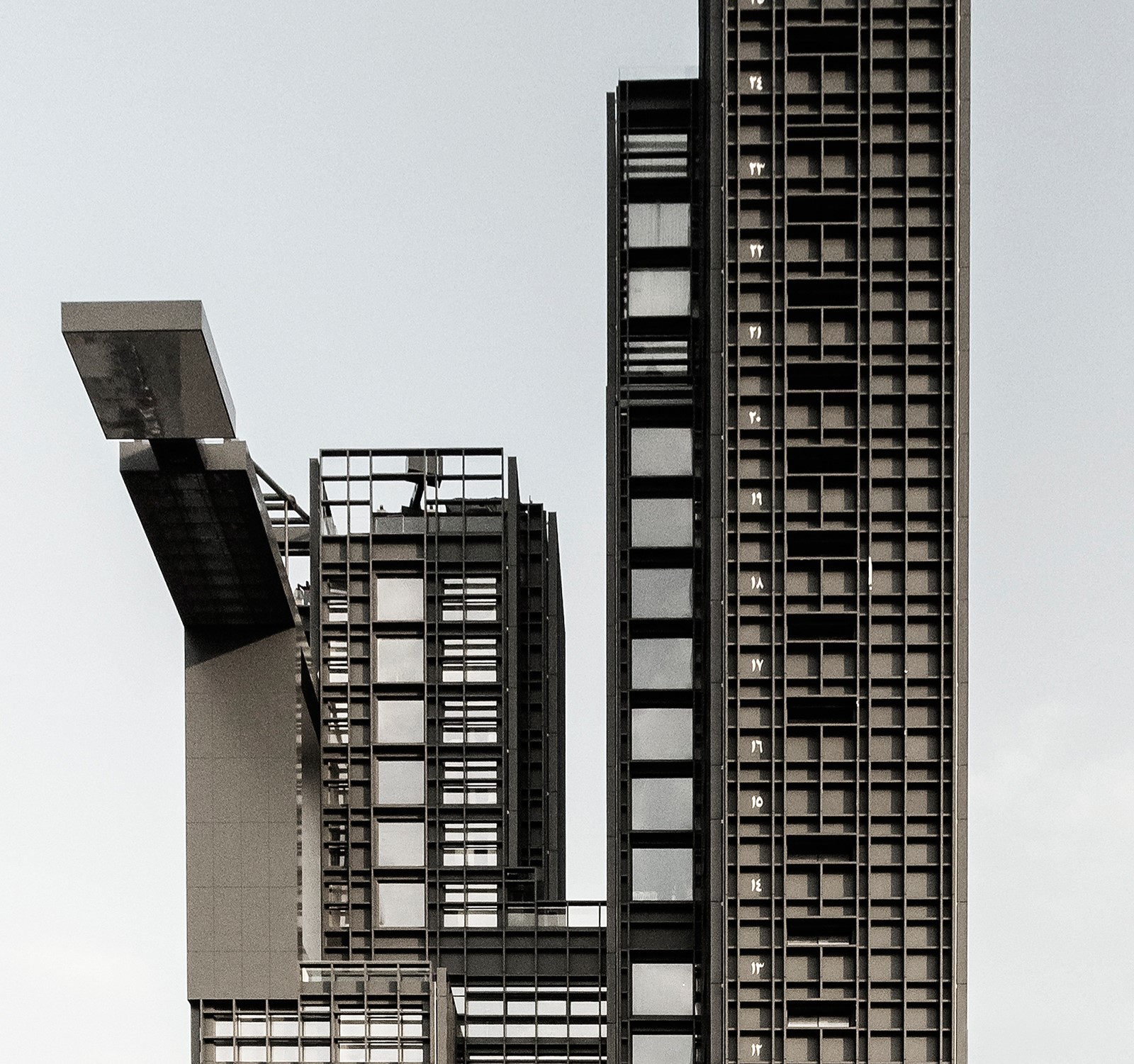
PLOT #450 by Bernard Khoury / DW5
Furthermore, in 2002, 2004, and 2021, he accepted the most prestigious architecture award worldwide, the Aga Khan Award. He also accepted the Chernikov Prize in 2010 and the Mies van der Rohe Award in 2021. He founded the Arab Center for Architecture in 2008 and became a guest lecturer at several universities, such as the Ecole Polytechnique Fédérale de Lausanne and L'Ecole Spéciale d'Architecture in Paris. Besides being a guest lecturer, he curated numerous exhibitions at over 150 institutions, including his solo exhibition at the Aedes Gallery in Berlin in 2003, the Spazio per l'architecttura Milano in 2016, and the Frac Architecture Biennale in Orleans in the year 2018. Two years after the Frac Architecture Biennale, he held an exhibition at the Oris House of Architecture in Zagreb, and the following year was at the Architecture Biennale of Seoul.
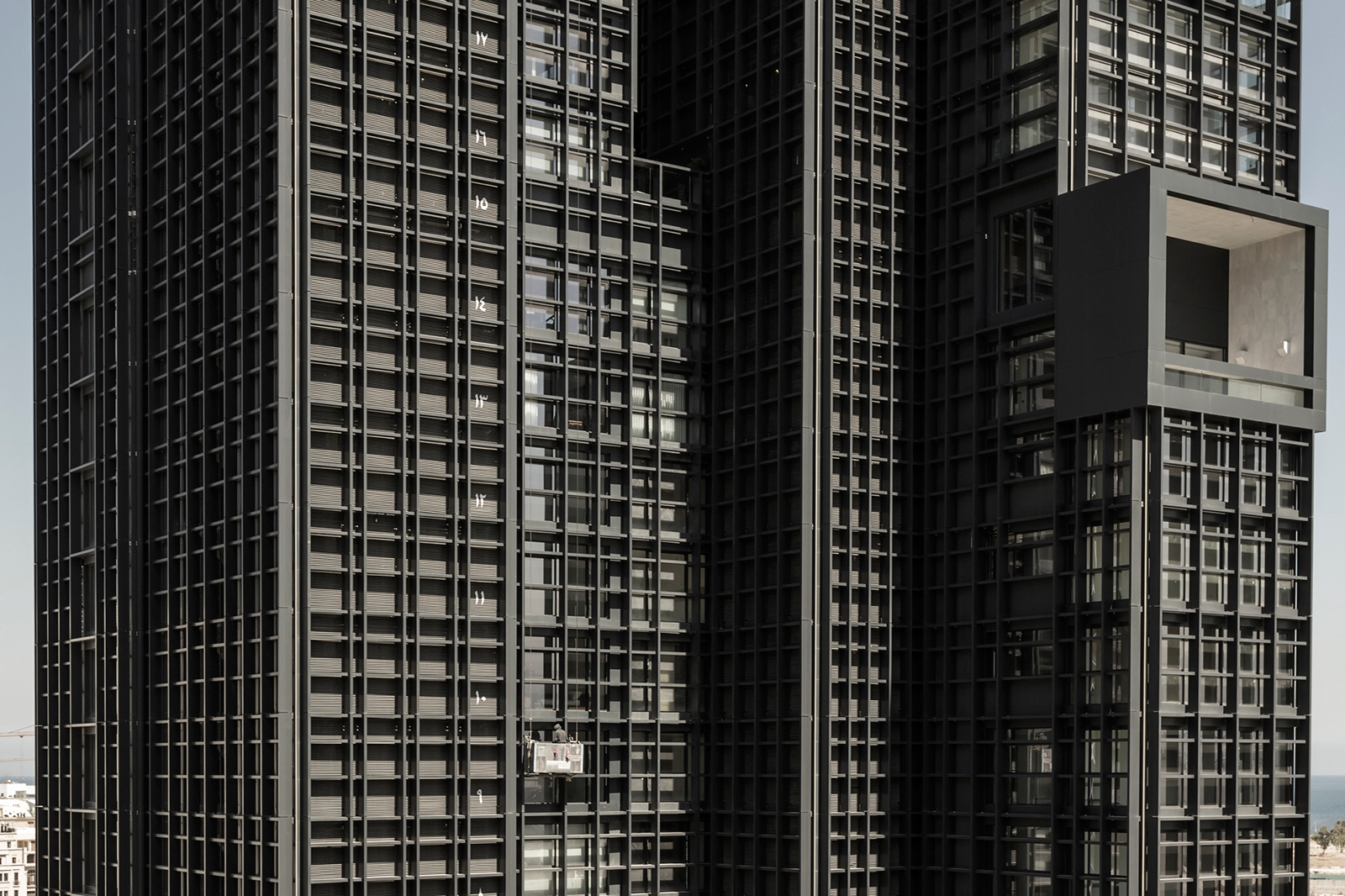 PLOT #450 by Bernard Khoury / DW5
PLOT #450 by Bernard Khoury / DW5
Adapting to transformations with his distinctive way
Bernard Khoury's extensive architectural journey has molded him into an adaptive architect, skilled in navigating various developments and transformations. When confronted with new challenges, Khoury adopts an extreme contextual approach to every project. This approach continuously evolves and adapts to each unique situation, resulting in coherent and contextually rich architectural works.
In his interview with Anabata, he said, "We try to understand as much as we can the situation we're facing, and we sometimes look to other practices to think that makes us understand context not necessarily in the most conventional ways". Hence, Bernard applied an extreme contextual approach to every project. Every case has brought him to meet numerous new things and pushed him to create something coherent, contextual, and meaningful.
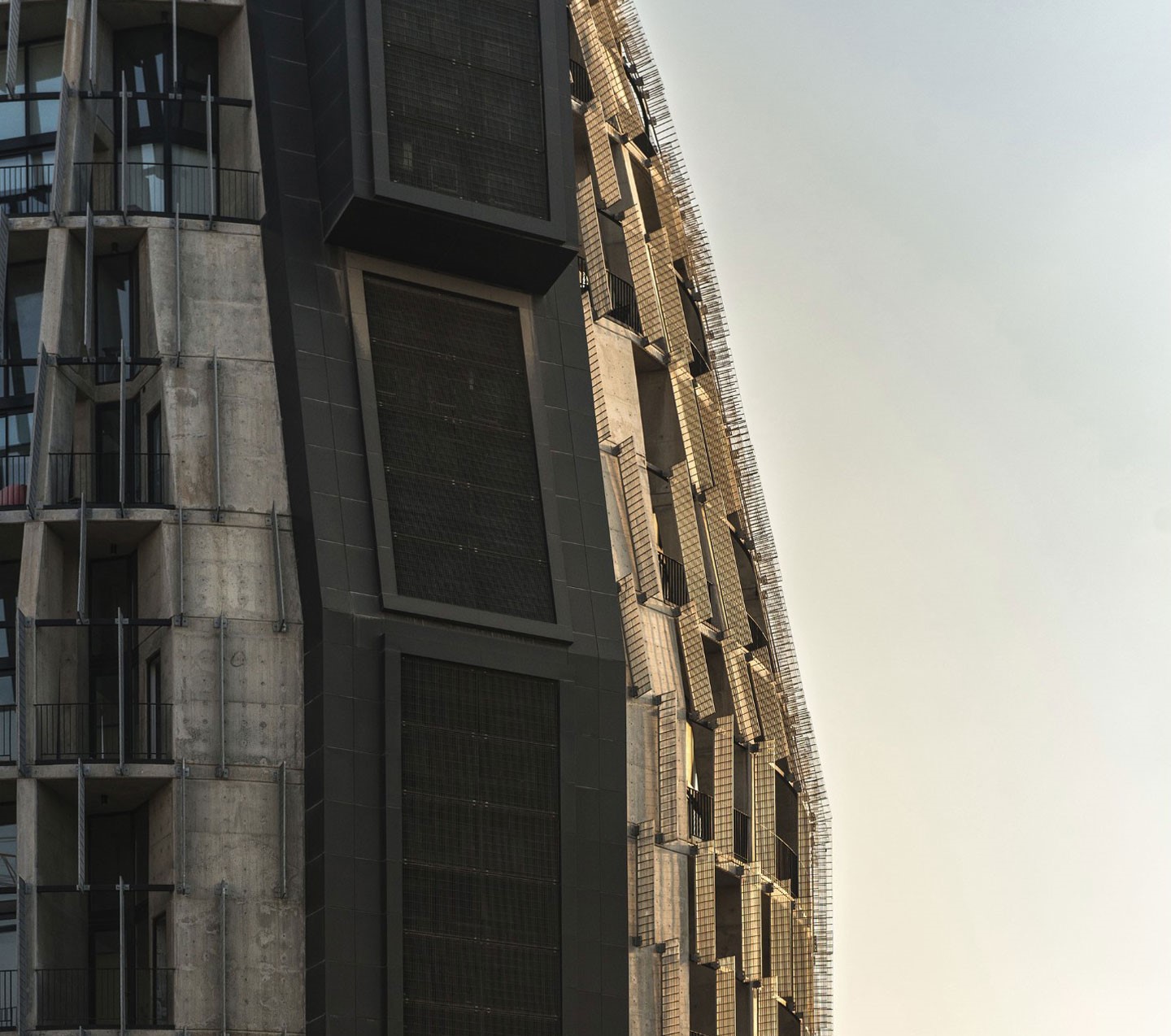
PLOT #4371 by Bernard Khoury / DW5
Resisting architectural labels on his style
Though often associated with his architectural styles characterized by clarity, boldness, masculinity, and occasional controversy, Bernard Khoury is often labeled a brutalist architect. However, he needs to embrace the label that has been put on his works. In architecture, labels or design styles given to architects are common things, and some architects have been classified into a style or definition and known from the style or syntax used in their designs. It's not in line with Bernard's thoughts, "I do not necessarily agree with putting labels such as brutalism on my work and classified in that respect," he said.
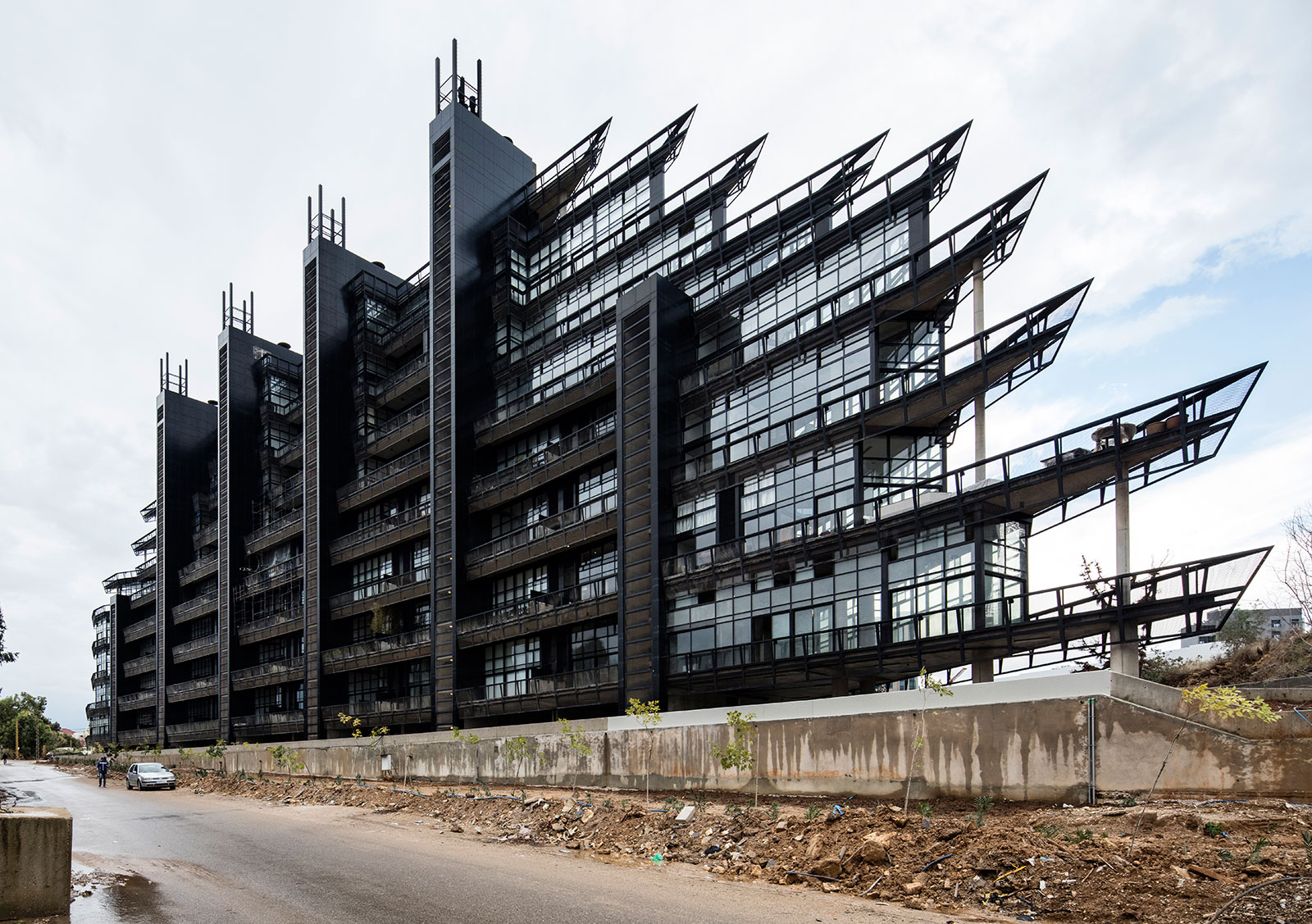 PLOT #1282 by Bernard Khoury / DW5
PLOT #1282 by Bernard Khoury / DW5
He doesn't see brutalism, which has been so far attached to his design style, or labels attached to the architects nowadays as something interesting. Instead, he thinks those labels, styles, or definitions have faded away, and he believes that in the outside world, a group of architects are more concerned with theories, innovative problem-solving approaches, etc. So, he is not only concerned about putting labels on his works and classifying them on them. He focuses on creating contextual works and solving architectural challenges, regardless of his design style.
Neither of him is a big fan of complexity or simplicity
Characterized by his complex designs where forms are played and collaborated with some elements such as angular lines and subtle ornaments, may seem a world apart from the words of simplicity. That doesn't mean he enjoys applying complicated forms in his designs.
"I don't necessarily; I'm not a fan of complication when it comes to design in terms of syntax or aesthetics or that sort of thing."
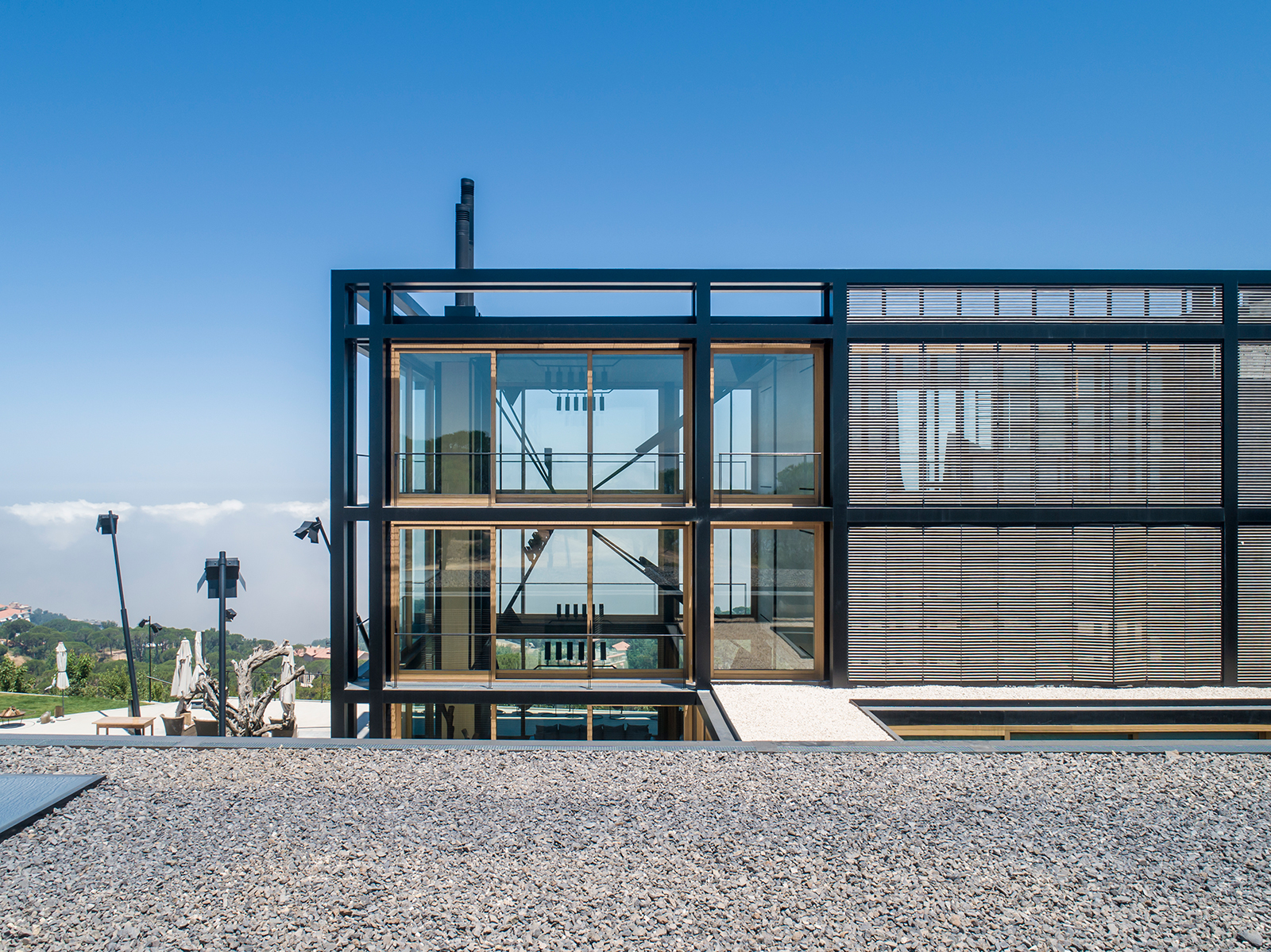 PLOT #2186-2187 by Bernard Khoury / DW5
PLOT #2186-2187 by Bernard Khoury / DW5
According to him, simplicity can be very hard to achieve in terms of design because simplicity can create a complexity that makes a simple project very complicated. Sometimes, a simple design is not necessarily simplistic; it can conceal several more complicated layers that hide in it. He wants to avoid getting lost in a complex form, syntax, and architectural grammar. So, he always uses his distinctive way, which is more realistic and sometimes "brutal", to create beauty in his designs regardless of their complexity and simplicity.
"... Sometimes what can seem very simple can have several layers that can be far more complex than what appears ...."

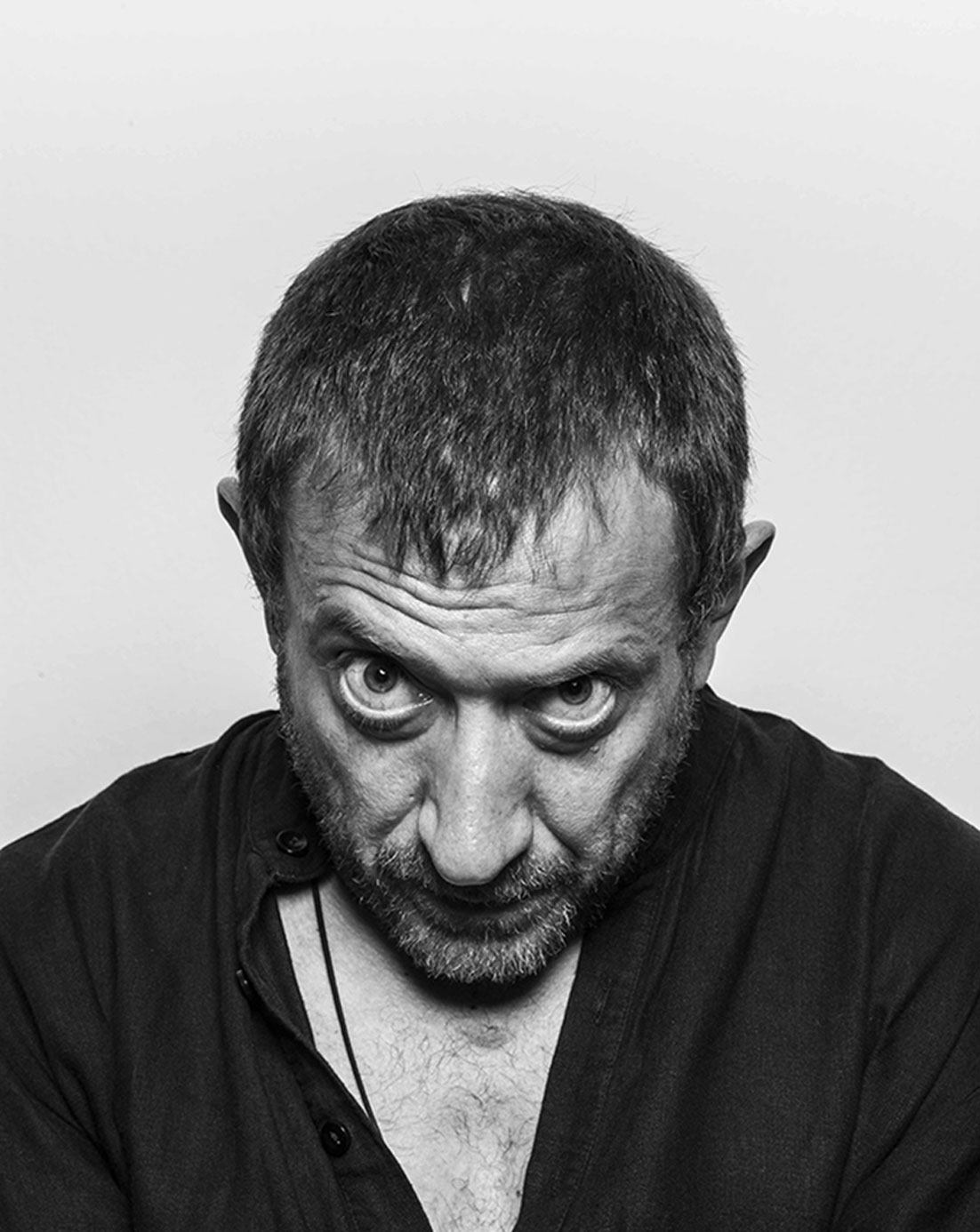



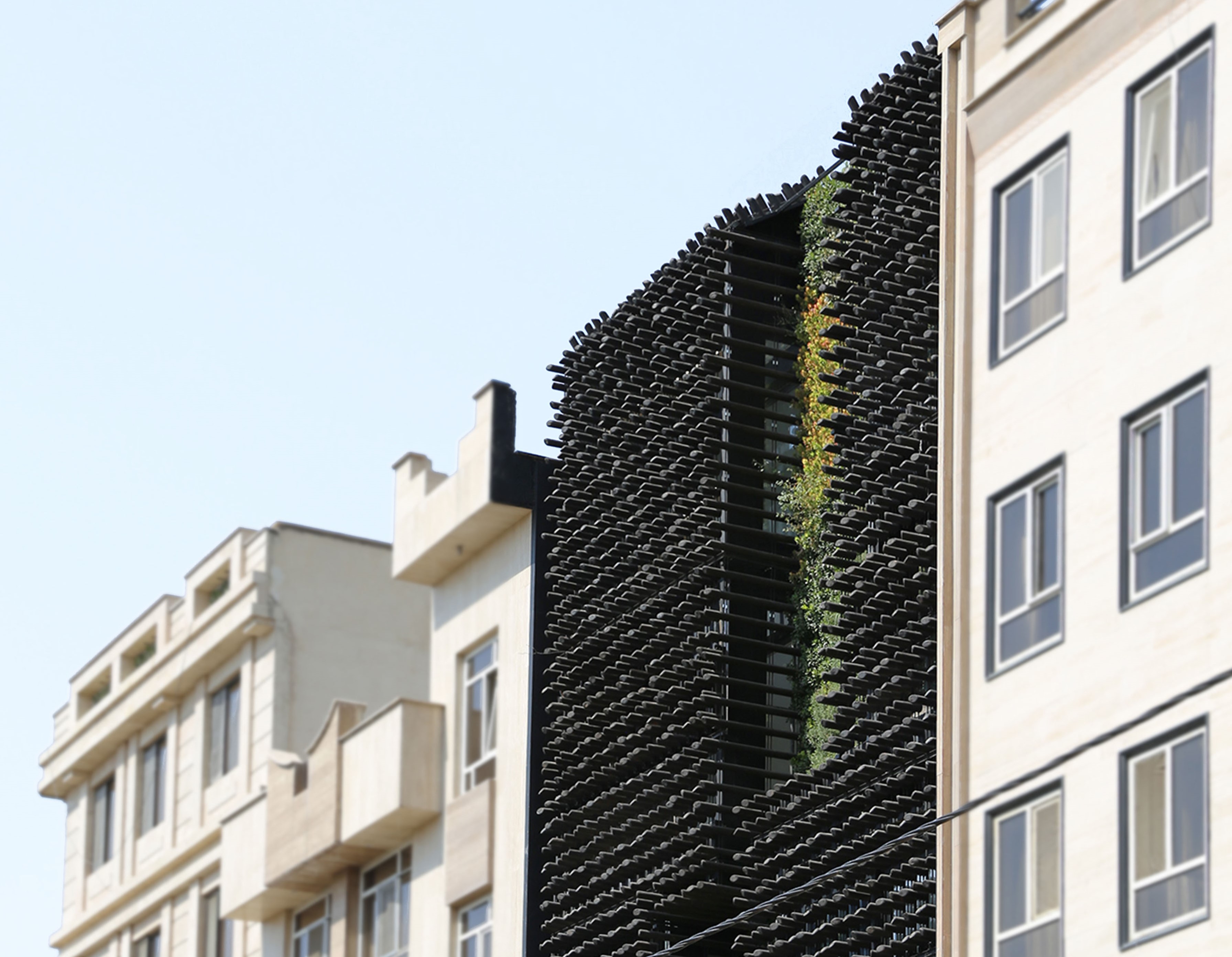
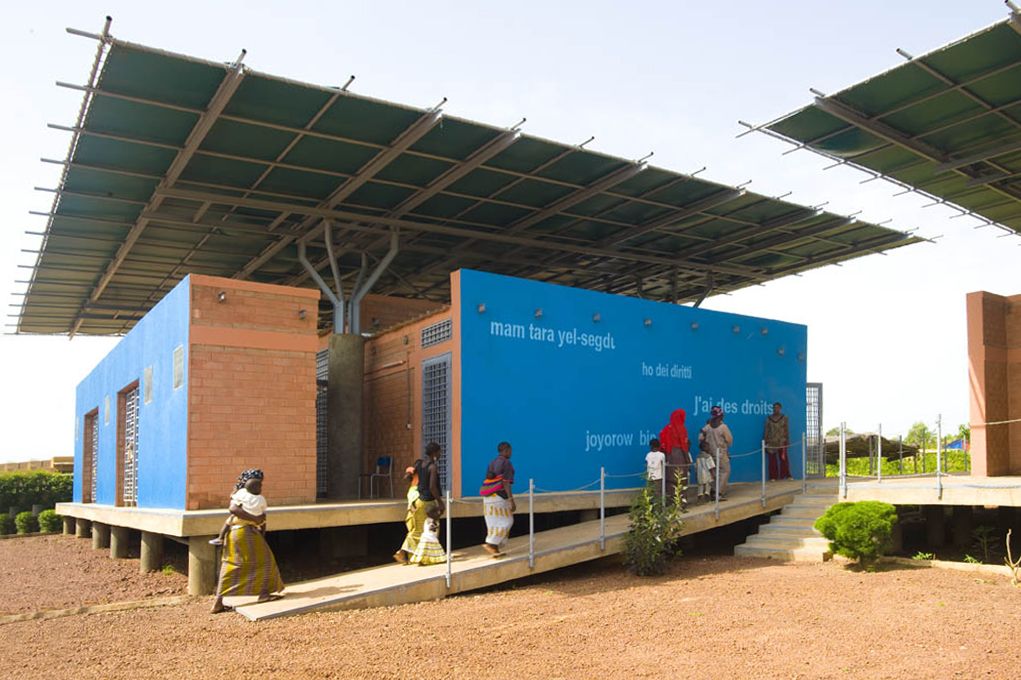
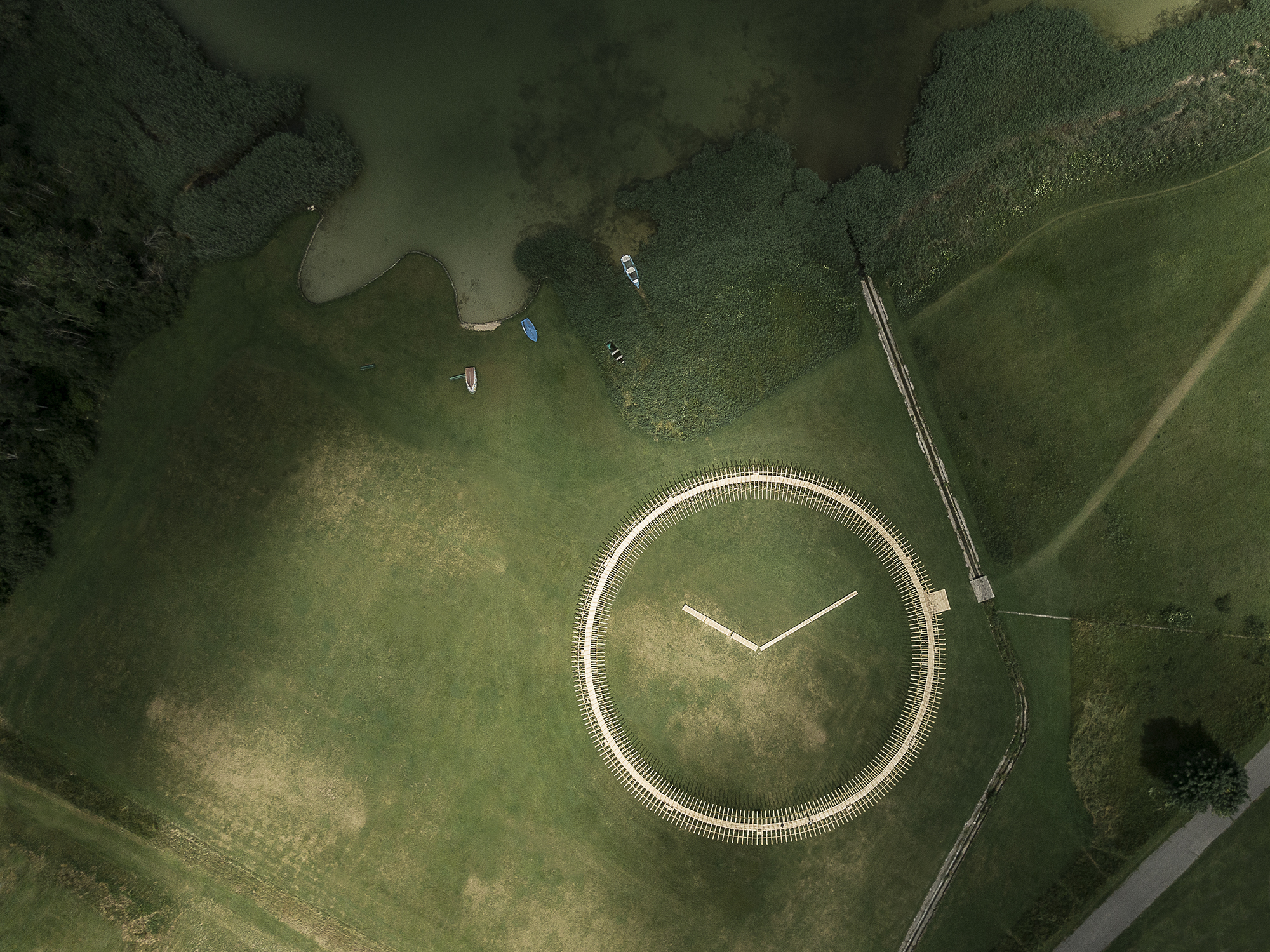


Authentication required
You must log in to post a comment.
Log in